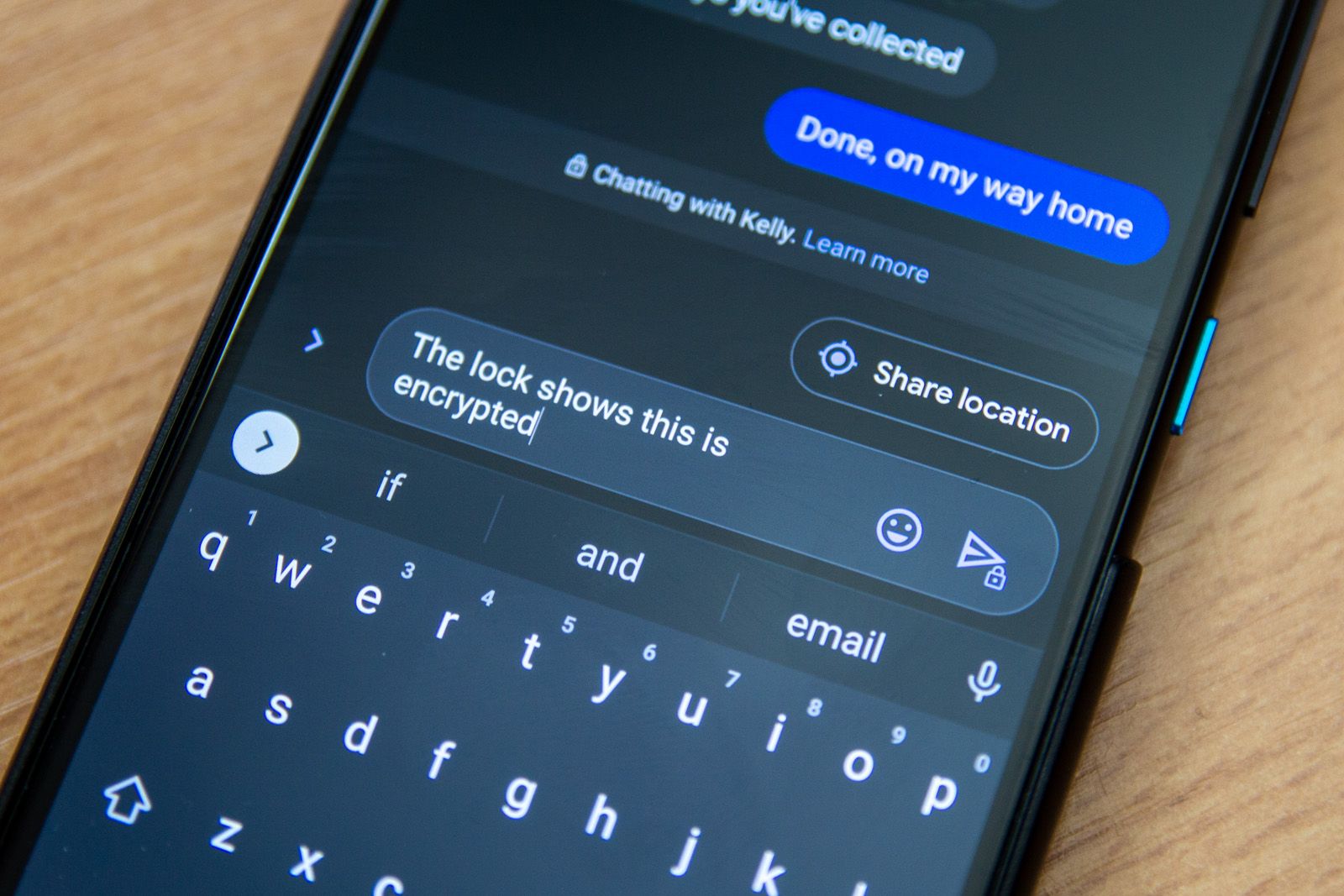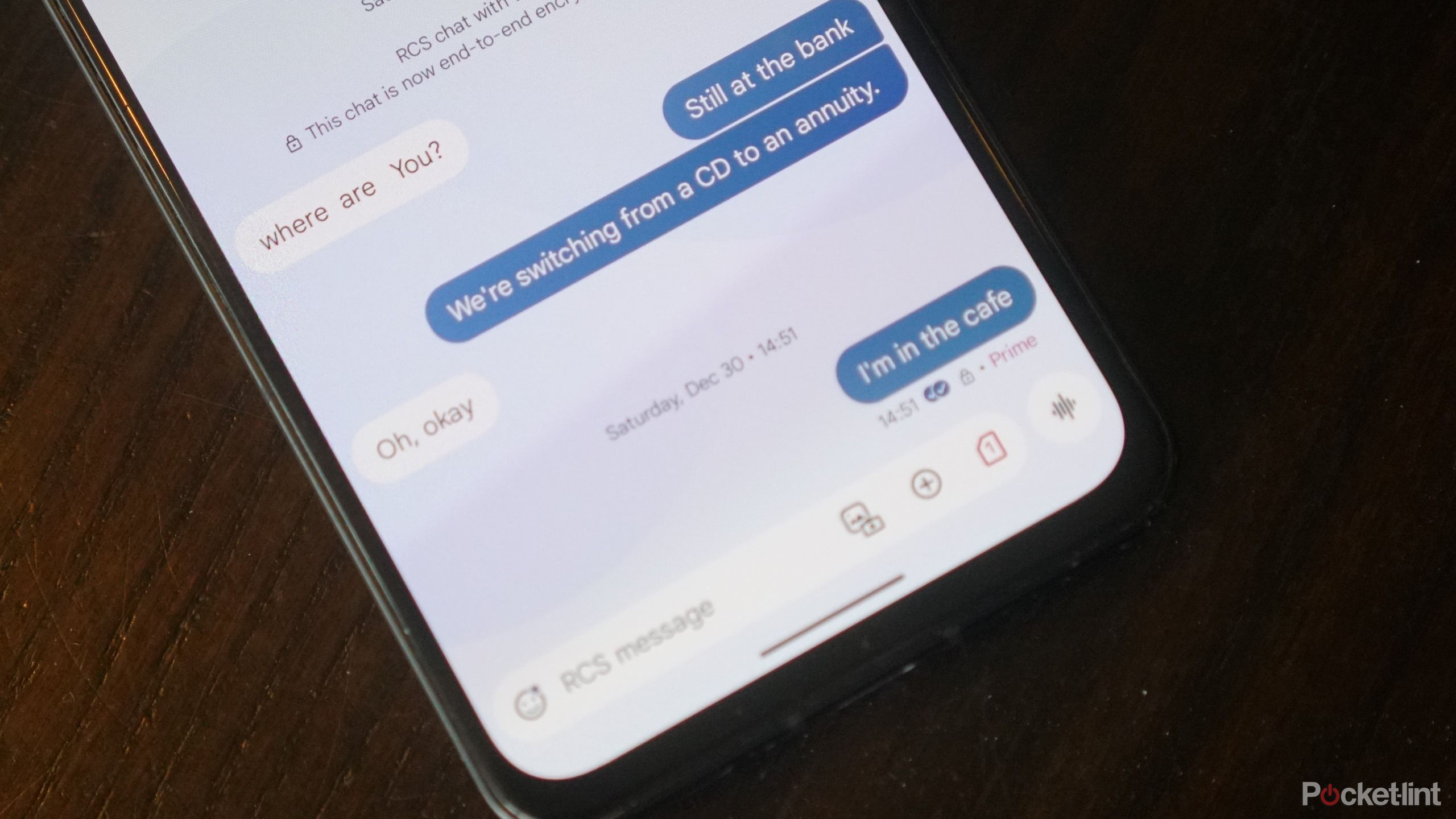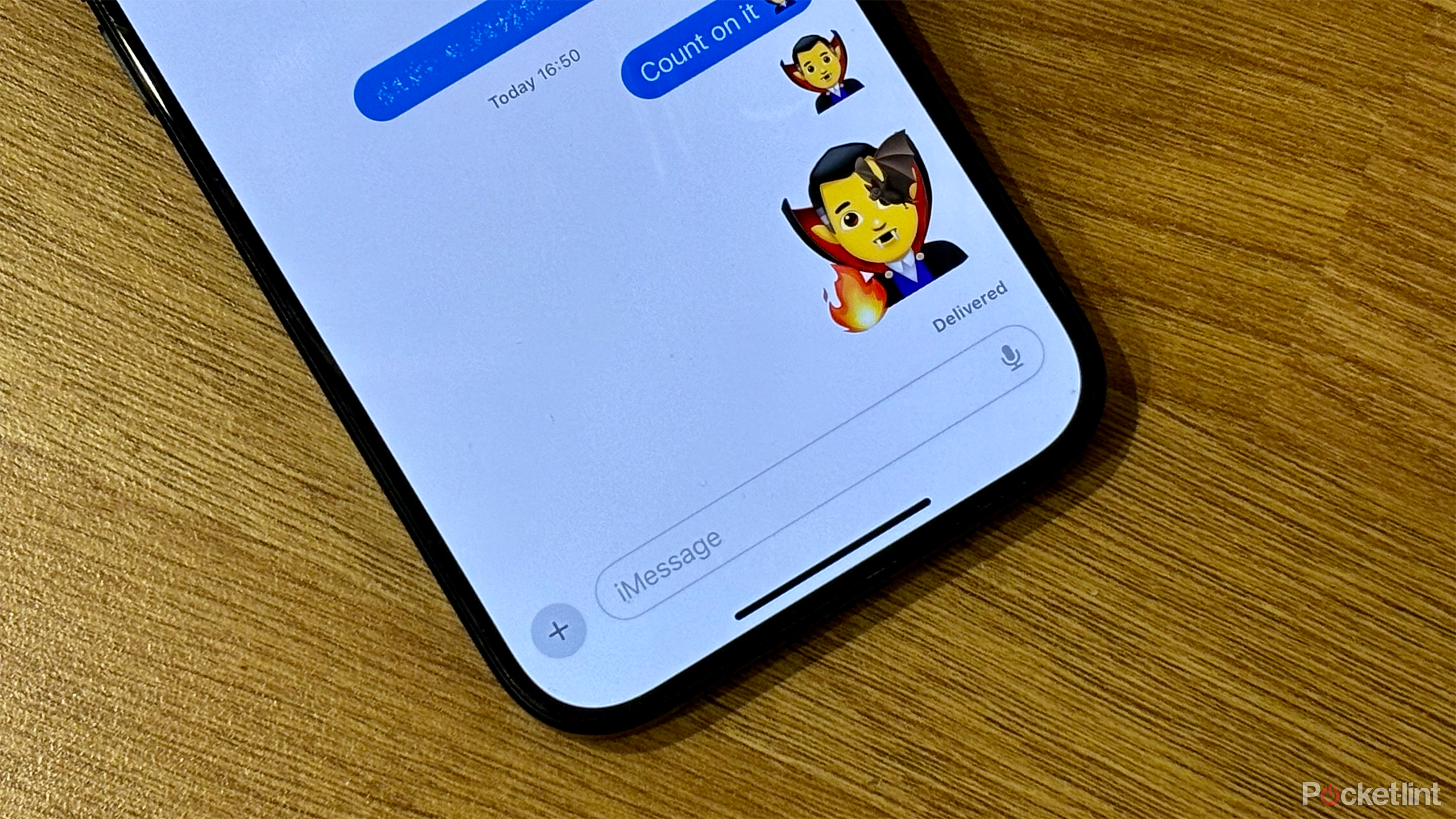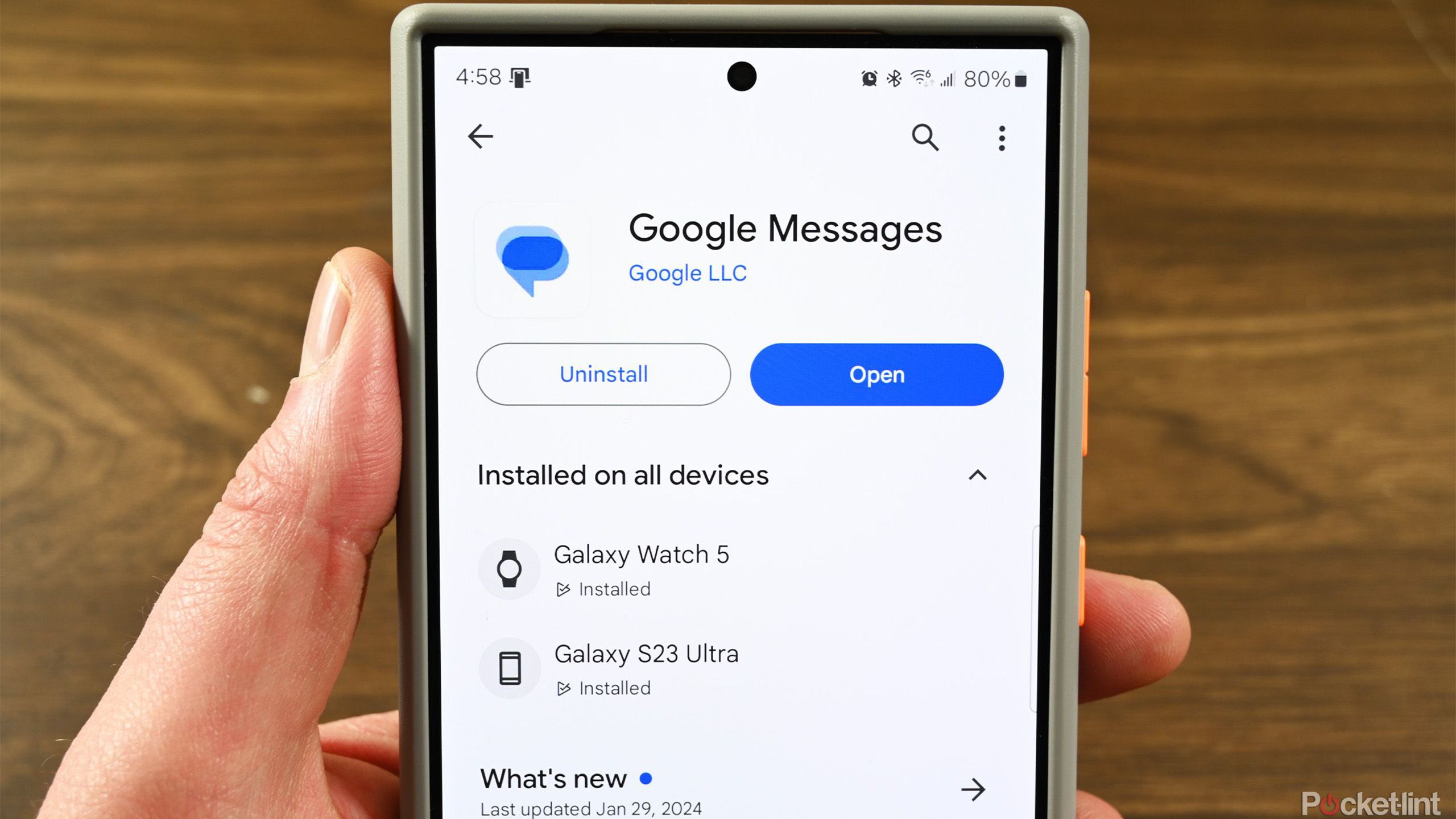For many years there has been a running battle between messaging services. Despite many attempts on Google’s part, there has never been a true messaging competitor to Apple’s iMessage.
Google has been pushing another universal standard: RCS. The standoff between the tech giants has been rather public, with Google goading Apple on many occasions, and Apple refusing to support RCS for many years. Then, on November 16, 2023, Apple pivoted, saying it would support RCS in 2024. A moment of unity is coming in cross-device messaging, it seems.
Since Verizon embraced Google’s RCS protocol in February 2024, all Android phones and every major mobile carrier in the US now support RCS messaging. But what exactly is RCS, what features does it have, and which devices is it available on?
Related
How to set up RCS chats on your Android phone
Do you want to turn on RCS messaging on your Android phone? Here’s how to turn it on and everything you need to know about this feature.
What is RCS?
The future of text messaging is here… almost.
Rich communication services (RCS) is a protocol between mobile operators and phones. The overall aim of RCS is to replace SMS and MMS messaging, the formats we’re all familiar with as they have been around for years. RCS messaging is very much like WhatsApp, where live chat can take place, including multimedia support, with everything handled via the data network.
This means RCS messages may carry more information, so users can send things like full-resolution photos, videos, and audio messages to one another.
The biggest advantage RCS Messaging has over SMS — and the reason it was implemented in the first place — is that it improves on the SMS/MMS messaging experience, much in the same way that iMessage does. This means RCS messages can carry more information, so users can send things like full-resolution photos, videos, and audio messages to one another. Popular features like typing indicators and read receipts are also part of RCS messaging.
Users can carry out video calls with one another directly within the messaging app, rather than having to rely on third-party software. Group messages are possible, and RCS messages also do away with the 160-character limit currently found in SMS messages. Businesses can also use RCS Messaging to send things like boarding passes for airlines, package delivery notifications, and credit card fraud alerts. RCS is legitimately better for everyone.
Is RCS encrypted and secure?
Short answer: Yes, but not by default
Google Messages uses end-to-end encryption to ensure a conversation remains private between the sender and recipient. Your conversations are encrypted with a key that only either participant can access. You can verify if you’re currently having an encrypted conversation by looking for the lock icon next to the time stamps for your messages, look for a banner in the thread that shows a lock icon along with the participants’ names, or look for the lock icon on the send button.
If you want to confirm your conversation is private, you can follow the instructions Google lays out here to confirm verification codes in the Messages app with specific contacts.
Because an increasing majority of Android phones come with Google Messages pre-installed or use it as their default messaging app, most RCS chats should be end-to-end encrypted, but encryption is not part of the protocol by default. In comments to the press when Apple announced it was adopting RCS, building end-to-end encryption into the base protocol was one of the things the company hoped to do.
Which phones and carriers support RCS?
RCS is almost universal
In the US, the major US carriers — Verizon, AT&T, Sprint and T-Mobile — have agreed on a cross-carrier solution for RCS in a program called CCMI — Cross-Carrier Messaging Initiative — and we’re now in a position where RCS is globally available and interoperable, except Russia. At Google I/O 2023, Google said there were over 800 million monthly RCS users.
If you send an RCS message to someone whose phone or mobile network doesn’t support it, it will be sent as a regular text message.
Does the iPhone support RCS messaging?
RCS is finally coming to the iPhone in 2024
Apple has announced that it’s going to work to support the GSMA Universal Profile for RCS on the iPhone in late 2024 as part of its iOS 18 update. Apple’s announcement that it will support RCS means that Google Messages and Apple iMessage might work together, so it’s possible by the end of the year, iPhone and Android users will have cross-platform rich messaging. Apple didn’t go into detail at WWDC 2024 as to how RCS support will work or what it will look like, but thanks to some users’ experimentation with the developer beta, we do have a sense of what features will be included. That includes
The green bubbles will be sticking around, but Apple plans on supporting typing indicators, high-resolution images and videos, voice messages, group chats, and file transfers at the very least. Notably missing is any kind of end-to-end encryption, though, which might require a switch to a different version of the GSMA Universal Profile than Apple is currently using.
Apple’s reasons for adopting RCS have less to do with Google’s taunts, and more the increased pressure it’s receiving from the EU due to the Digital Markets Act, and that 5G phones are reportedly required to support RCS in China.
Concerned users and Google have demanded Apple support RCS for years. Google has taunted Apple, with execs making statements about how RCS could make all devices work better together and more securely. The company’s even gone to town multiple times in videos and online campaigns.
The problem — especially for users in the US — is that iMessage is dominant and there’s a documented stigma among users against anyone messaging who isn’t using iMessage. Apple even makes messages sent from an Android phone (which defaults to SMS/MMS because Apple doesn’t yet support RCS) green, to differentiate them from blue messages sent by other people on iMessage. That’s not necessarily going to come to an end when Apple supports RCS, but messaging Android users should at least become similar from a functional perspective.
Ultimately, Apple’s reasons for adopting RCS have less to do with Google’s taunts, and more the increased pressure it’s receiving from the EU due to the Digital Markets Act, and that 5G phones are reportedly required to support RCS in China.
How can I see if I have RCS support on my phone?
It should be turned on by default, but you can do it manually
Firstly, if you’re an Android user, you should use the Google Messages app and make sure it’s the default messaging app (while other apps will support it, Google’s approach means you need to use its own app).
- Open the app and tap the menu in the top right-hand corner.
- Select Messages settings.
- Select RCS Chats.
- RCS Chats will tell you if you have support or not, and if it’s enabled.
When you sign in to a new phone and open Google Messages for the first time, you’ll be asked if you want to turn on RCS Messaging. If you aren’t prompted, you can turn it on via the instructions above. In the same menu, you’ll also find other options, such as controlling typing indicators and read receipts. Note that you need wireless or cellular data to send RCS messages, so there’s also the option to send an SMS instead if RCS messages can’t be sent.
If you’re an iPhone user, the current answer is you don’t have access to RCS messaging, and you’ll need to wait until Apple officially adds support — either in a public beta or when iOS 18 is officially available later this year.
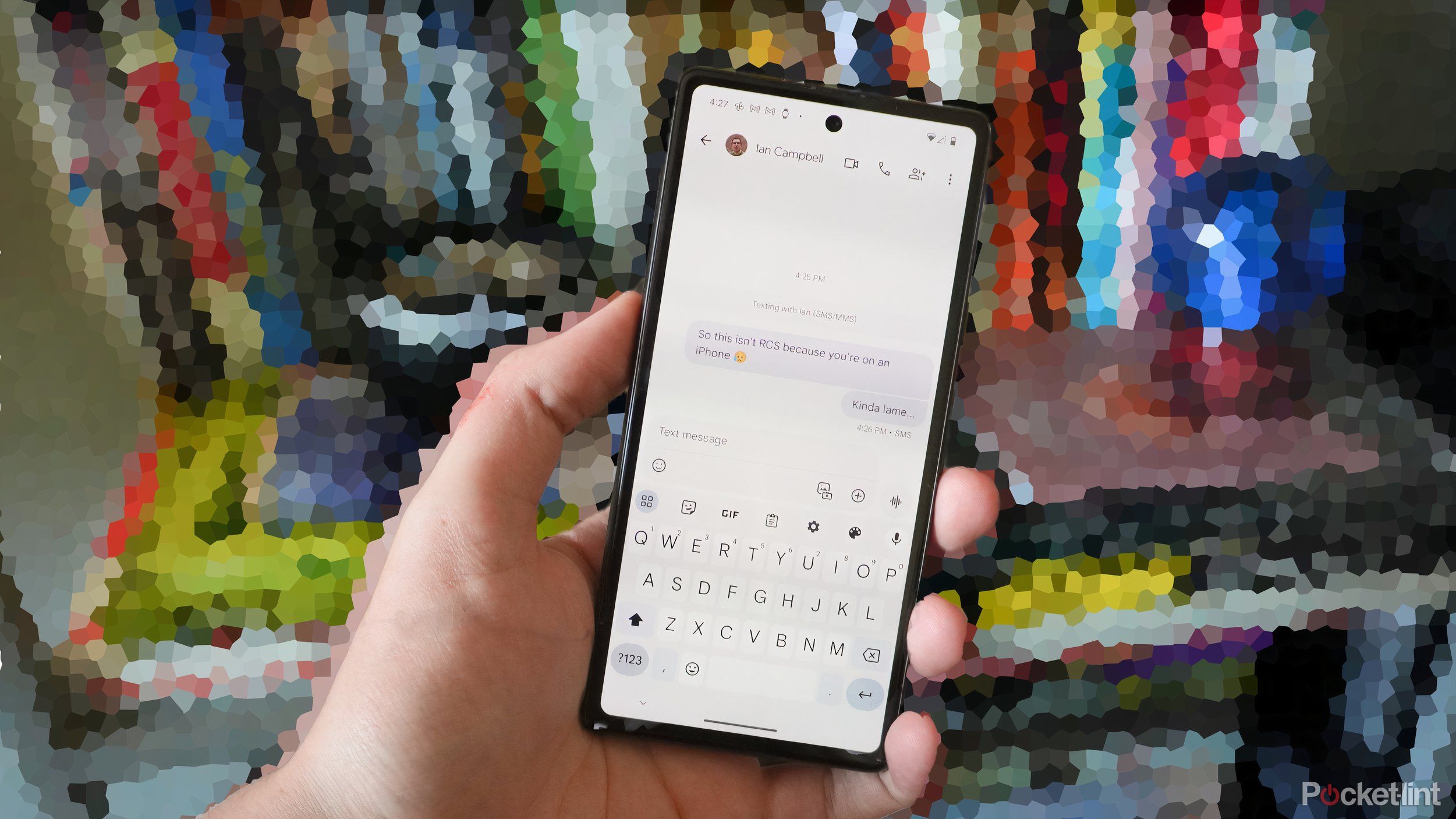
Related
What Apple’s RCS support means for your group chats
RCS support is officially coming to iPhones this fall, but that doesn’t mean you’ll get the same experience on iOS that you will on Android.
Trending Products

Cooler Master MasterBox Q300L Micro-ATX Tower with Magnetic Design Dust Filter, Transparent Acrylic Side Panel…

ASUS TUF Gaming GT301 ZAKU II Edition ATX mid-Tower Compact case with Tempered Glass Side Panel, Honeycomb Front Panel…

ASUS TUF Gaming GT501 Mid-Tower Computer Case for up to EATX Motherboards with USB 3.0 Front Panel Cases GT501/GRY/WITH…

be quiet! Pure Base 500DX Black, Mid Tower ATX case, ARGB, 3 pre-installed Pure Wings 2, BGW37, tempered glass window

ASUS ROG Strix Helios GX601 White Edition RGB Mid-Tower Computer Case for ATX/EATX Motherboards with tempered glass…


